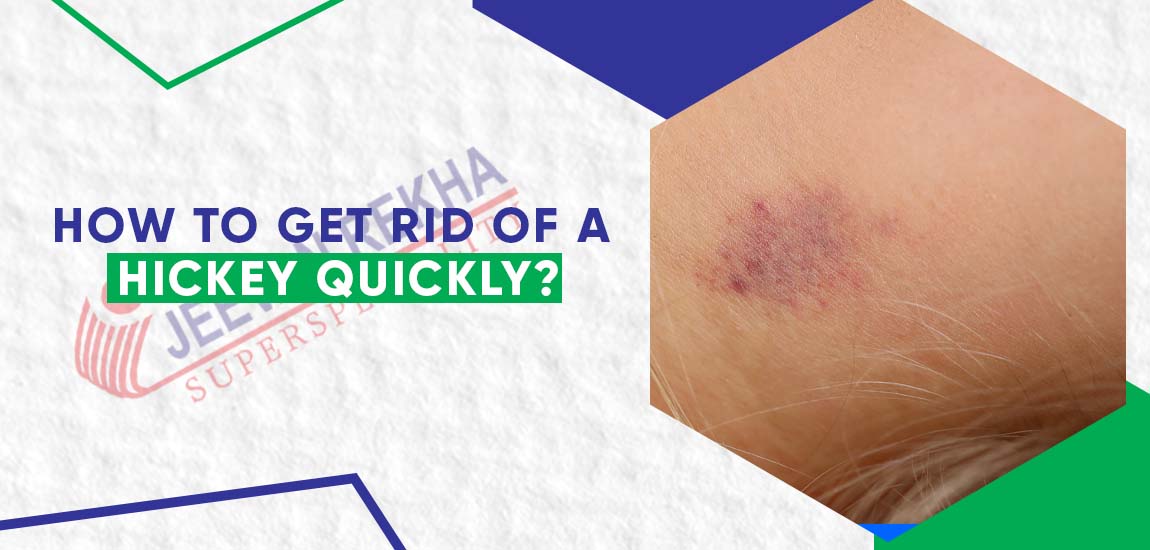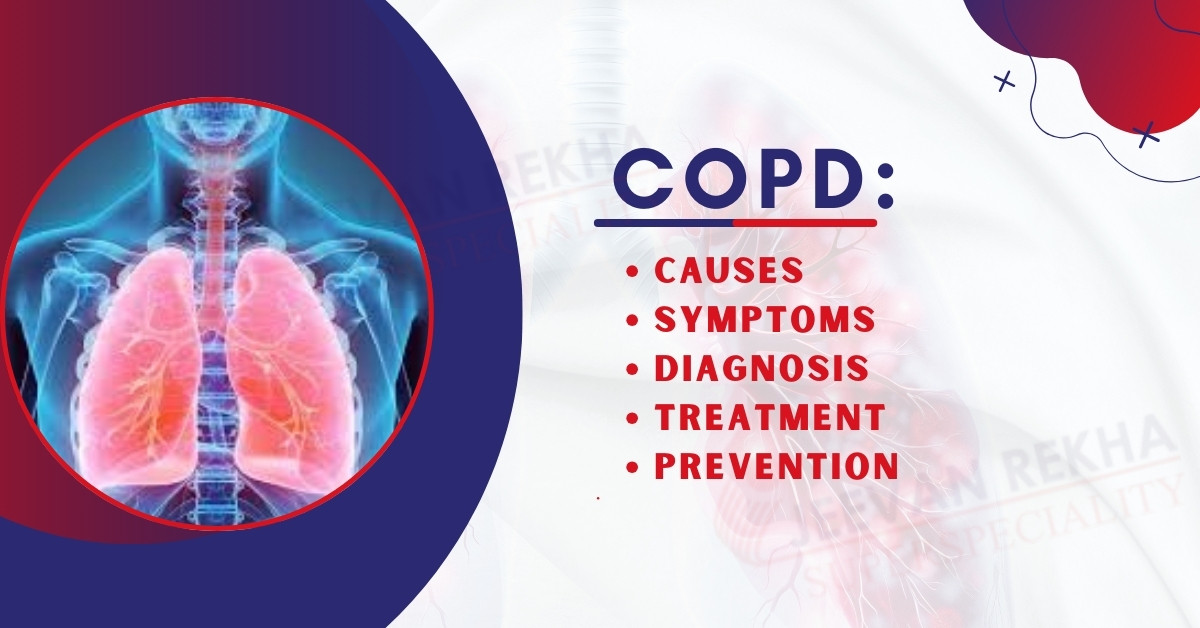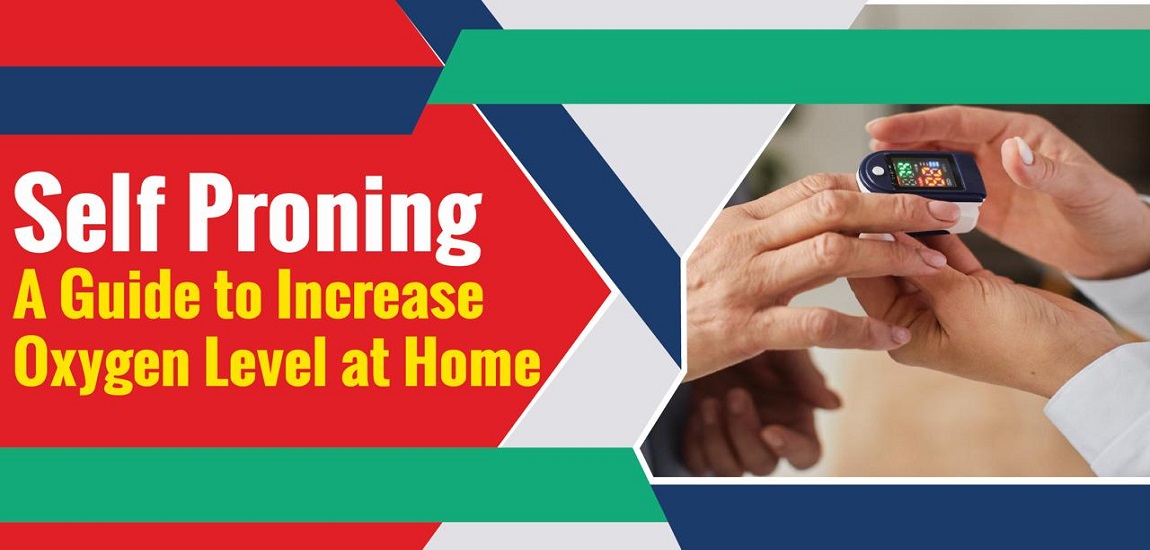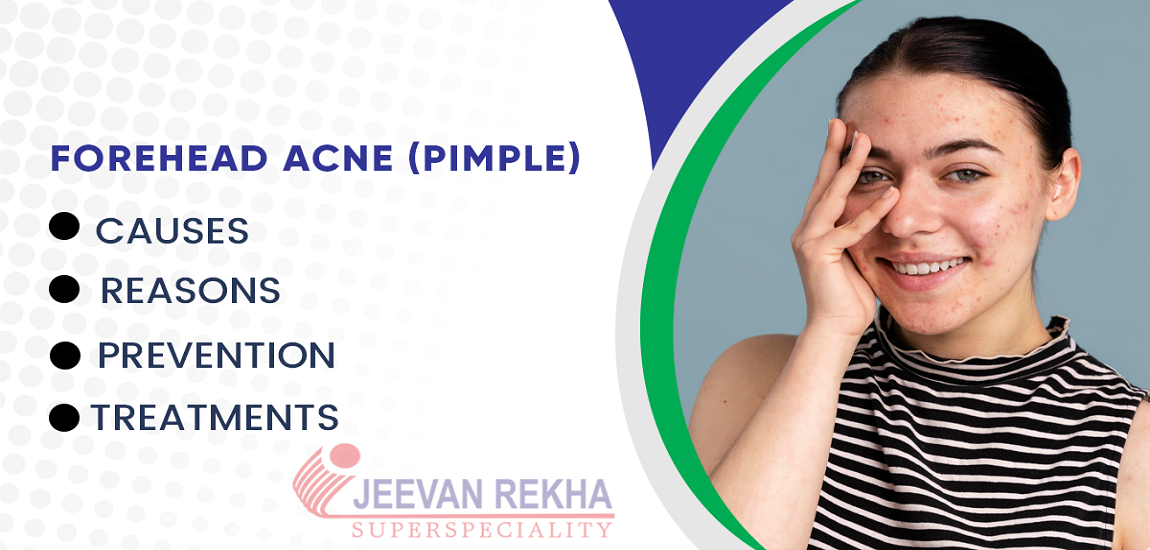
- By JRSH Admin
- In Health and Tips,
- Posted January 16, 2023
How to Get Rid of a Hickey Quickly? : 12 Tips and Tricks
What is it?
Hickeys are tiny red, blue, or purple marks on the skin that happen when someone suckers or bites on your skin during an intense kiss. A minor injury to the superficial blood vessels (blood capillaries) causes bleeding beneath the skin's surface, which results in what is essentially a bruise.
These bruises are also known as "love bites" or "kiss bites" because they develop during acts of romantic expression.
They don't cause any serious conditions or have any negative side effects. The skin may become quite tender from hickeys, though. Especially when making public or social appearances, they might also be embarrassing.
Hickeys can come in a variety of sizes and colours. Despite the fact that they can appear anywhere on the body, the neck is where they most frequently occur.
Also read: Best Hospital in Jaipur
How long do they fast?
The complete healing of these persistent bruises could take several days or even weeks. Sadly, if the hickey is anywhere near your neck, it might cause you to feel uncomfortable at work.
But don't worry, we've compiled a list of some herbal treatments for hickeys below. Even though there isn't a quick fix for a hiccup, these treatments might hasten the healing process.
Are they bad for you?
A lover's light biting or suction can result in hickeys, which are dark red or purple bruises on the skin. Under-skin blood vessels may burst, bleed, and swell as a result of the suction. The effects of a common hickey usually go away in two weeks and are not dangerous.
However, if you notice any of the following issues, see a doctor right away:
- Hickeys that continue for more than two weeks
- The bump itches.
- The unexpected emergence of additional bruises on the body in locations other than the hickey.
- The bruise is covered by a lump.
- Facial muscles that have suddenly become weakened or paralyzed
They might indicate a serious condition, like a blood disorder or clotting issue. In rare cases, hiccups may have caused strokes, possibly by placing too much pressure on the carotid arteries that run down each side of the neck. The brain, neck, and face are all supplied with blood by carotid arteries. Trauma to the carotid artery has the potential to form a blood clot or disperse an existing clot.
Avoid giving hickeys at an angle close to the jawbone on either side to be safe.
You can Read also: Difference Between Heart Failure and Heart Attack
How to Get Rid of a Hickey Quickly?
A few time-tested techniques can be used if you're wondering how to get rid of a hickey. While none of them will completely remove a love bite, they will all help to limit the damage and reduce the localized inflammation, calming your tender neck and crimson face. What you should know is as follows:
1. Warm compress
Don't leave the area covered in ice for more than 24 hours to reduce the possibility of a long-lasting hickey. If you want to increase blood flow, lessen pain, and hasten the healing process after that window when the deep chill loses its effectiveness, you're better off switching to a warm compress. This could be a hot water bottle, a microwave-safe heat pad, or a warm towel.
2. Use aloe vera and vitamins E and C.
Apply aloe vera and vitamin E-infused lotion on the bruise as soon as you receive a hickey. This will hasten the healing of the damaged capillaries, and anti-inflammatory aloe vera can also help reduce swelling. Vitamin C creams may also speed up the healing process after a hickey, but be sure to go into this with realistic expectations. A topical treatment won't instantly cure a hiccup, but it can speed up the healing process overall.
3. Massage
Performing a strategic self-massage can be very helpful for reducing pain and increasing blood flow to the area, but there is a catch. Rub too vigorously and you'll only prolong your hickey saga by making the bruising worse rather than better.
Just a short period of time should be spent massaging the area gently. Besides that, don't put your hands on your neck. The damaged capillaries need time to heal in your body. In some cases, persistent poking can leave scars. You have been warned.
4. Apply topical vitamin K
It has been demonstrated that applying topical vitamin K speeds up skin recovery and bruise healing. The vitamin is responsible for helping your body's blood clotting process, which explains why.
To lessen the appearance of the bruise, liberally apply vitamin K cream to your hickey as necessary. If you want to increase production even more, you could also take vitamin K supplements or consume foods high in vitamin K. Brown rice or leafy greens are good options.
5. Apply a cold compress or spoon to your hickey ASAP
Okay, before you start doing anything, take a clean spoon and place it in your freezer for eight to ten minutes. If possible, apply pressure with a cold spoon to the affected area at this point while your hickey is still somewhat fresh.
Although it might feel a little uncomfortable, even doctors agree that you should trust the procedure. According to a dermatologist, "the cold will help minimize the blood seeping out of the vessels into the skin," and to keep swelling down, you should repeat this several times throughout the day.
6. Ice packs
The best cooling agents in these circumstances are known to be ice packs. As soon as you receive one, apply an ice pack or a cold spoon to the area. Additionally, you can wrap ice in a cloth and apply it to the injured area for around 15 to 20 minutes.
Regularly removing and replacing the ice pack on the bite will lower the pain and swelling while also reducing the swelling. A chilly spoon is an additional option. Press the back of the spoon on the bites after it has been briefly frozen. Apply a little more pressure while using a spoon for speedy results.
7. Eat plenty of vitamin K–rich foods
Vitamin K, which you may get in foods like spinach, broccoli, kale, and brown rice, aids your body in breaking down blood clots like your hickey. So to hasten the healing of your hickey, consume a salad or add some kale to your smoothie. By the way, you can also apply vitamin K topically, and a wonderful place to start is with these lotions and serums.
8. Makeup
By using clever makeup techniques, you can conceal the hickey just as well. The best concealer is green-tinted because it neutralizes the red undertones of the skin.
Directly on the hickey and all around it, apply a foundation that is a little lighter in colour than your skin. Instead of trying to cover up the hickey, the goal is to make it appear as though the skin tone is even. To provide an even skin tone, you can also lightly dust some translucent powder on it.
9. Clean with rubbing alcohol
If applied immediately after getting a hickey, especially if the skin is broken, rubbing alcohol, a staple of the medicine cabinet, may help disinfect the area. But be careful because it might also dry out and irritate your skin, which could make the hiccup worse.
10. Use arnica gel or lotion
According to Lucas, arnica is a homoeopathic plant with anti-inflammatory properties that "may help speed the resolution of bruising" when applied topically. Arnica has been shown in studies to lessen swelling and generally enhance the appearance of bruises.
11. Dab on some peppermint oil
Since it may improve blood flow to the area, peppermint oil (and even toothpaste) is occasionally recommended as home remedies for hiccups. If you want to give it a try, dilute a few drops in some water, then gently massage the hickey with it. Just be careful not to massage the area too vigorously, advises Lucas, as this could exacerbate the bruise and irritate the skin, worsening the hickey.
12. Rub the spot with a banana peel
There are numerous ways that bananas are healthy for you. According to research, banana peels are excellent for the skin because they have antibacterial and antimicrobial properties. Consider using the inside of the peel to gently massage your hickey several times per day
Tags
Blog Search
Latest Posts
-
Is Coconut Water Safe During Pregnancy? Benefits, Risks & Myths
January 08, 2026 -
Dark Circles Under The Eyes: Causes, Home Remedies and Treatments
December 21, 2025 -
बर्ड फ्लू के लक्षण, कारण, उपचार और बचाव के उपाय जानें
December 04, 2025 -
Best Diet Plan for Menopause Weight Management
November 25, 2025 -
Pulmonary Fibrosis Treatment: Understanding Lung Scarring and Breathing Problems
November 21, 2025




